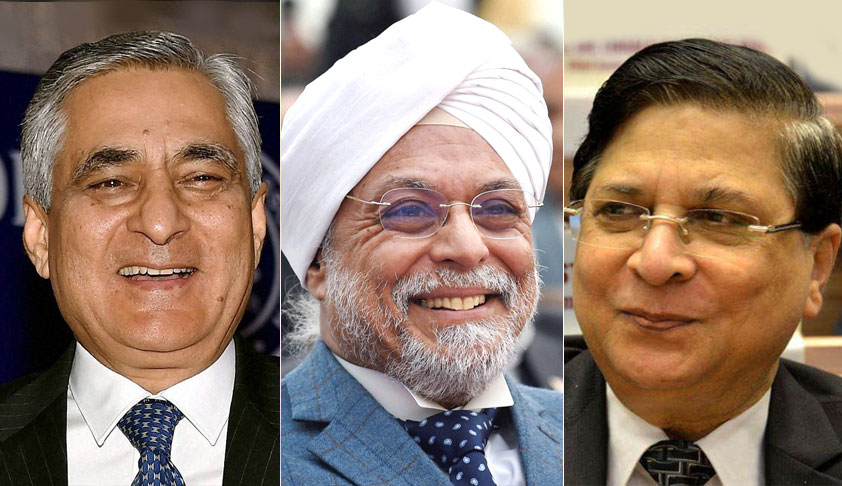- Home
- /
- Top Stories
- /
- Rapid Succession of CJIs: What 2017...
Rapid Succession of CJIs: What 2017 Tells Us
LIVELAW NEWS NETWORK
4 Jan 2018 11:42 AM IST
In 2017, India had three Chief Justices of India in the same year. CJI T.S.Thakur, appointed on December 3, 2015 held office till January 3, while CJI J.S.Khehar, appointed on January 4, held office till August 27. CJI Dipak Misra, appointed on August 28, will retire on October 2 this year.This was the eighth time since the beginning of the Supreme Court, that India had three CJIs in the...
Next Story



